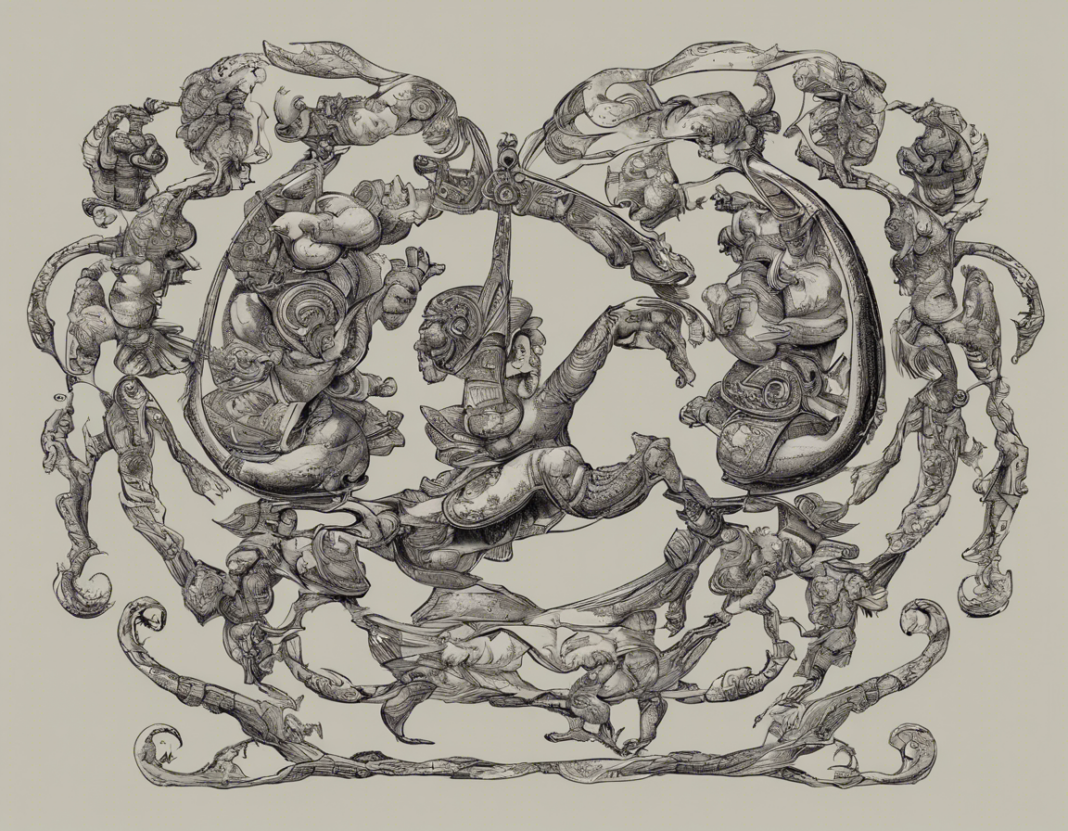Are you familiar with the term PNG in the realm of technology, graphic design or file formats? PNG, which stands for Portable Network Graphics, is a popular image file format that is widely used for its lossless compression and support for transparency. In this comprehensive guide, we will delve into the details of the PNG format, including its history, features, advantages, and how it compares to other common image file formats like JPEG and GIF.
History of PNG
PNG was introduced as a replacement for the GIF (Graphics Interchange Format) in 1996. The creators of PNG aimed to develop a new image format that would be free of patents and licenses associated with GIF. This led to the development of PNG, which offered better compression without loss of quality and support for transparency.
Features of PNG
-
Lossless Compression: PNG uses lossless compression, which means that the image quality is not compromised when the file size is reduced.
-
Transparency: One of the key features of PNG is its support for transparency. This allows for part of an image to be transparent, making it ideal for overlaying images on different backgrounds.
-
Support for Millions of Colors: PNG supports truecolor and indexed color images, enabling the display of millions of different colors.
-
Metadata Support: PNG files can store metadata such as author information, copyright details, and creation date.
Advantages of PNG
-
Better Quality: Compared to JPEG files, PNG images maintain higher quality because of their lossless compression.
-
Transparency: The ability to have transparent backgrounds makes PNG ideal for logos, icons, and images that need to be overlaid on various backgrounds.
-
Text and Line Art: PNG is suitable for images with text and line art due to its crisp edges and transparency support.
-
Browser Compatibility: PNG images are supported by all major web browsers, making them a versatile choice for web design.
Disadvantages of PNG
-
File Size: PNG files can be larger in size compared to JPEG, making them less suitable for large images where file size is a concern.
-
Not for Photographs: PNG is not the best choice for photographs or images with complex color gradients, as JPEG often performs better in such cases.
PNG vs. JPEG vs. GIF
-
PNG vs. JPEG: JPEG is more suitable for photographs and images with smooth color gradients, while PNG is better for images with text, line art, or transparency needs.
-
PNG vs. GIF: GIF also supports transparency but is limited to 256 colors, making it less suitable for photographs or images with many colors. PNG offers better compression and more color support compared to GIF.
Tips for Using PNG
-
Use PNG for images with text, line art, or transparency needs.
-
Opt for JPEG for photographs or images with complex color gradients.
-
Consider GIF for simple animations or images with a limited color palette.
PNG Frequently Asked Questions (FAQs)
- What is the maximum file size for a PNG image?
-
There is no specific maximum file size for PNG images. It varies depending on the image dimensions and compression settings.
-
Can PNG images be compressed further without losing quality?
-
PNG uses lossless compression, so further compression would not reduce the quality of the image. However, it may not significantly reduce the file size.
-
Are PNG files suitable for printing purposes?
-
PNG files can be used for printing, especially for images with transparency needs. However, TIFF or EPS formats are more commonly used for high-quality printing.
-
How can I convert a JPEG image to a PNG format?
-
You can use various online image converters or graphic design software like Photoshop or GIMP to convert a JPEG image to PNG.
-
Is PNG a suitable format for web design?
-
PNG is widely used in web design for logos, icons, and images that require transparency. It is supported by all major web browsers.
-
Can PNG images be animated like GIF files?
-
PNG files do not support animation. For animated images, GIF or APNG (Animated Portable Network Graphics) formats are more appropriate.
-
How does PNG compare to SVG (Scalable Vector Graphics)?
-
PNG is a raster image format, while SVG is a vector image format. SVG is better suited for images that need to be scaled without loss of quality, like logos or illustrations.
-
Are there different types of PNG formats?
-
The most common types of PNG formats are PNG-8 (indexed color with 256 colors) and PNG-24 (truecolor with millions of colors).
-
Can PNG images be compressed using lossy compression methods?
-
While PNG primarily uses lossless compression, there are tools and software that allow for lossy compression of PNG files to reduce their size at the cost of some quality.
-
Is PNG the best format for all types of images?
- The choice of image format depends on the specific requirements of the image. While PNG is versatile, other formats like JPEG or TIFF may be more suitable for certain types of images.
In conclusion, PNG is a versatile image file format that offers lossless compression, transparency support, and a wide range of colors. Whether you are a graphic designer, web developer, or simply a technology enthusiast, understanding the features and applications of PNG can help you make informed decisions when working with digital images.
